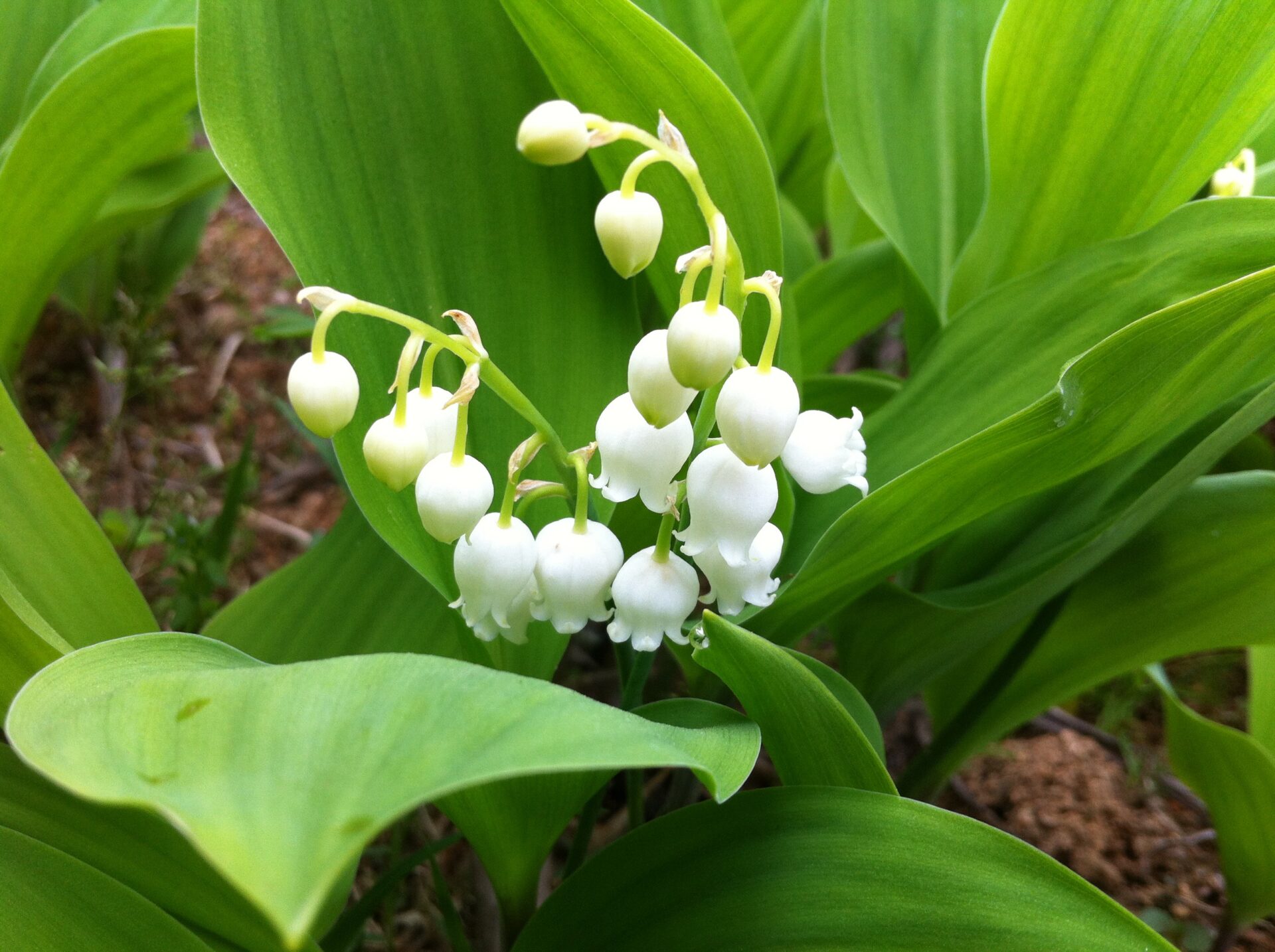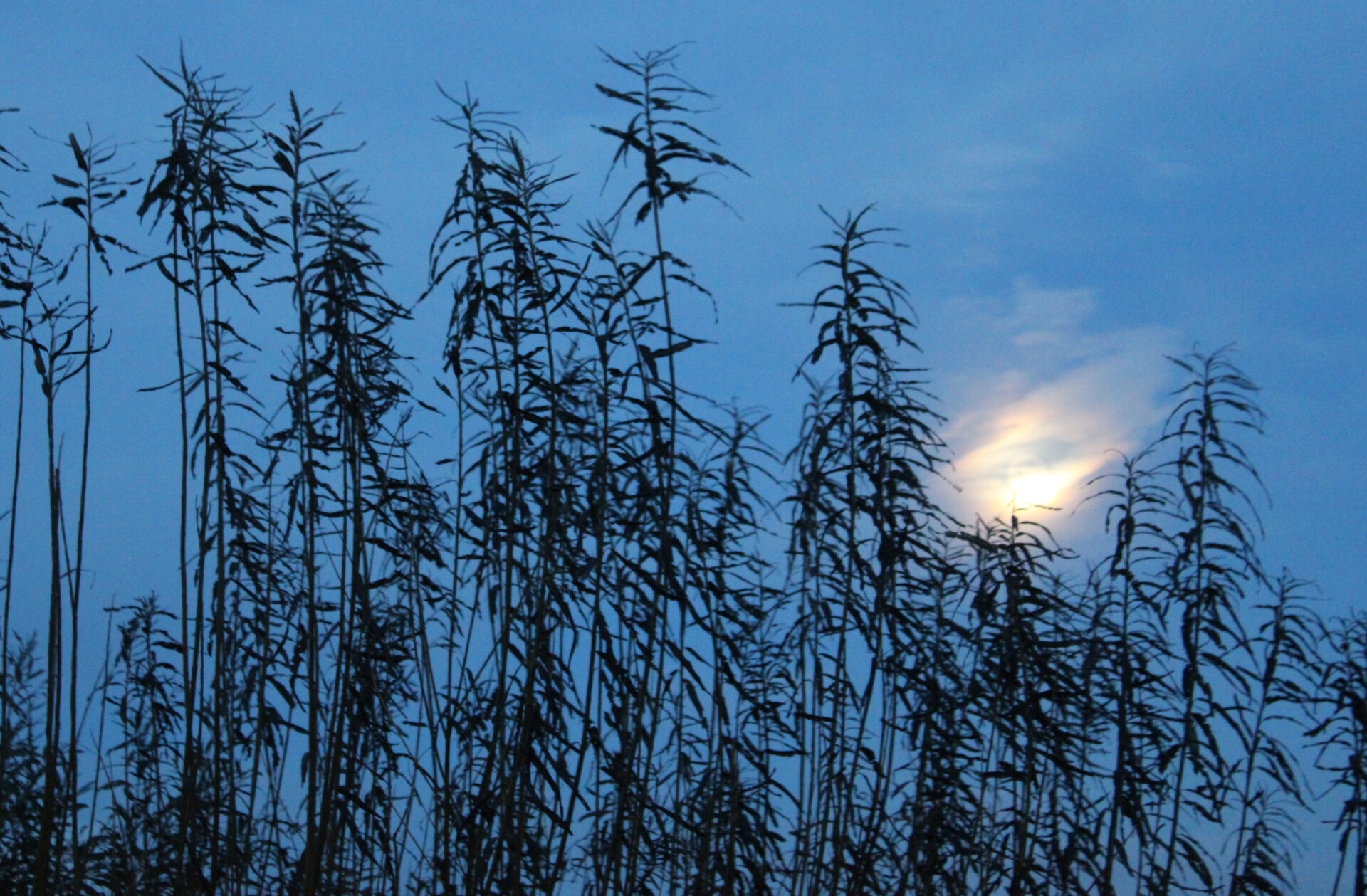May’s Flower
Fairy bells, Our Lady’s Tears, May Lily and Jacob’s Ladder. These dainty bell-shaped flowers ring in the month of May. And while at first glance, Lily of the Valley flowers seem sweet and cute, the history and folklore of this flower reveals another side of these blooms. We’re going to take you on a bit of a journey, exploring Lily of the Valley’s past, what type of growing conditions they love, their medicinal support, and more.
History
Lily of the Valley is native to Europe, and is now naturalized across North America and Northern Asia. The sweet bells have graced European gardens for centuries and dwell in old woodlands. From the 6th century to the Renaissance time period and now, people have given lily of the valley many symbolic meanings and made it the heart of numerous traditions.
During WWI, the flower was used to treat soldiers that had been exposed to gas on the frontlines. The flower’s medicine was lauded by a number of revered herbalists such as Nicholas Culpeper and John Gerad, and its symbolism is found throughout Christian literature. Today, lily of the valley is the national flower of Finland and is the flower emblem of Yugoslavia. In France, May 1st is La Fête du Muguet (Lily of the Valley Day) after a sweet gesture in 1561 turned into a tradition.
Gardening and Growing Tips
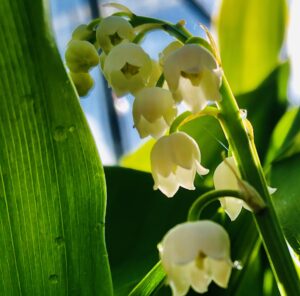
Lily of the valley enjoys cooler temperatures hence its affinity for woodlands. They are perennial plants that love to spread their leaves, so be aware that if you’d like to plant these cute little bells – they will spread fast. Consisting of a rhizome to start, choose a spot that has well-drained soil and shade. Lily of the valley prefers shade, but partial shade will do! Plant the rhizomes about ½ inch under the soil and spaced about 6 inches apart. Keep the rhizomes moist.
When the tiny bells bloom in May, you will be graced with a lovely, sweet fragrance. Later, the flowers turn to small berries. From green to orange to red and then a shriveled brown, the berries can be used for planting more plants. That being said, dividing the rhizome is surely the quickest and easiest way to propagate lily of the valley. Just make sure you are doing it in the fall when the plant is dormant. You can even dig up a rhizome and grow it inside during the winter to welcome in the beauty of life during the colder times!
Folklore
From the bible to dragons, lily of the valley appears in much literature and cultures. In the bible, this little, white friend was mentioned a handful of times – claiming to be the plant that grew where Mary’s tears fell when she saw Jesus on the cross. Lily of the valley also seemed to appear when Eve shed tears for Adam, and in another tearful situation. Since it blooms in early Spring, the beautiful blooms are also a symbol of the coming of Christ.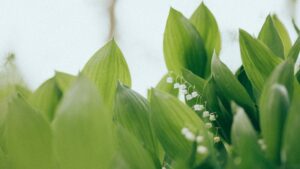
Although lily of the valley symbolizes maternity, humility, and purity in Christian religion, the flower also appears to be the product of bloodshed. In the 6th century, a French knight and martyr was battling a dragon in West Sussex, England. He courageously slays the dragon, but not without injury. It is said that wherever the blood of St. Leonard and the dragon fell, lily of the valley appeared. St. Leonard’s forest is still full to the brim with the tiny bells to this day. Going back even further, a 2nd century Greek herbalist by the name of Apuleius claimed that Apollo gave him the plant as a gift. Although not related, this tradition continued on. In 1561, a lily of the valley bouquet was gifted to King Charles IX for good luck. He loved the smell and gesture so much that to this day, it is custom to give lily of the valley flowers to others on the 1st of May
Medicine
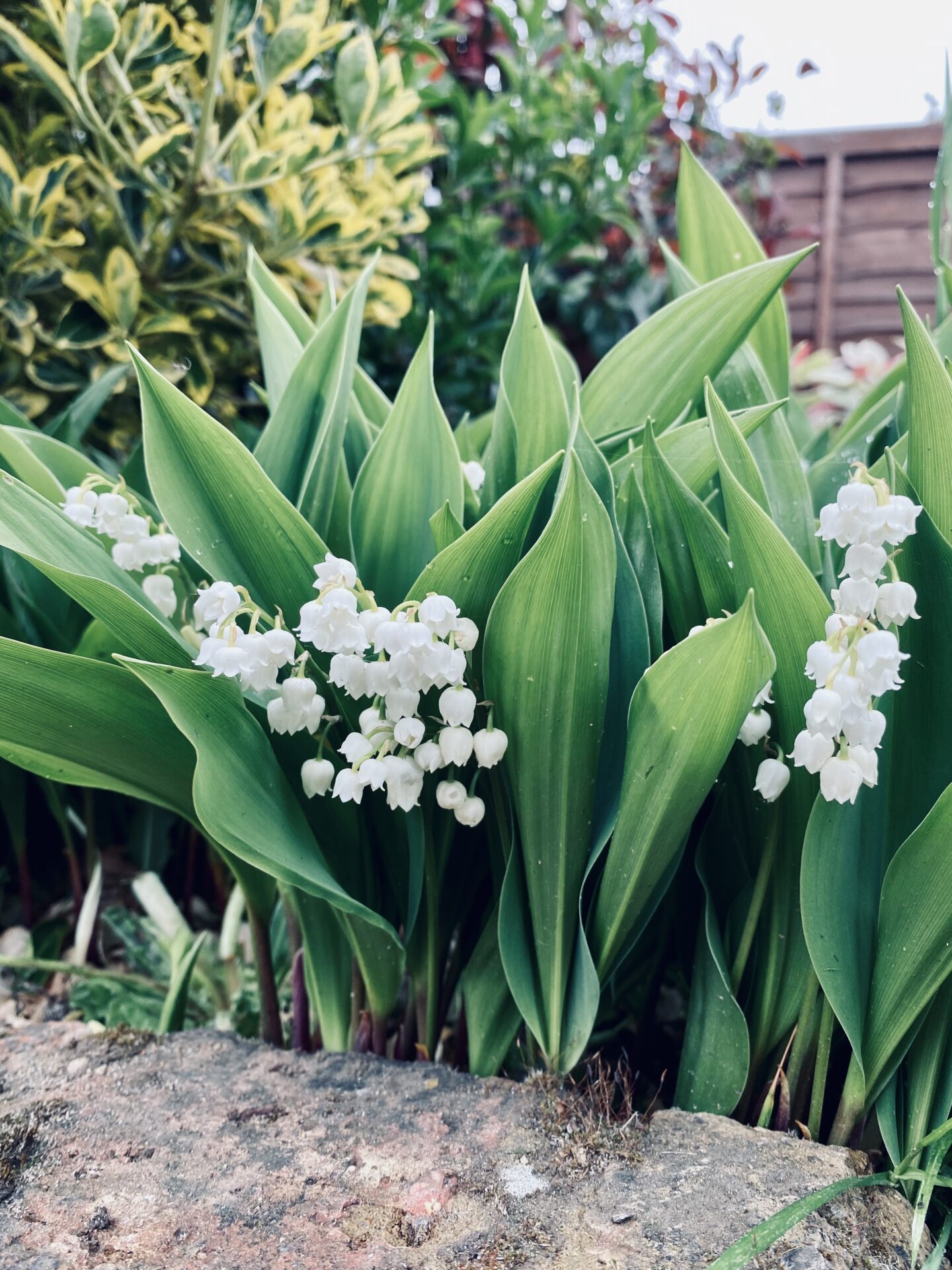 In western herbal medicine and homeopathy, lily of the valley, or Convallaria majalis, is applied for ailments of the heart. Specifically for weak heart beats and heart failure. However, dose matters as this seemingly sweet plant can be very toxic to the heart in larger doses, so this medicine is carefully regulated and should only be administered by a trained medical herbalist. The glycosides in lily of the valley are akin to those seen in foxgloves, however, they are milder.
In western herbal medicine and homeopathy, lily of the valley, or Convallaria majalis, is applied for ailments of the heart. Specifically for weak heart beats and heart failure. However, dose matters as this seemingly sweet plant can be very toxic to the heart in larger doses, so this medicine is carefully regulated and should only be administered by a trained medical herbalist. The glycosides in lily of the valley are akin to those seen in foxgloves, however, they are milder.
In Eastern herbal medicine, lily of the valley (or Ling Lan) is also used to strengthen and support the heart, as well as promote urination (diuretic) and prevent infection. It is mentioned that medicine from lily of the valley will soften any deposits that disrupt arteries, joints, and muscles. Lily of the valley was also traditionally used to support the brain. Nicholas Culpepper, an English botanist and herbalist, mentions that it can help with memory and when distilled in wine it can restore speech.
All parts of the flowering lily of the valley plant are medicinal, however, the rhizome (root) and dried flowers are the parts most frequently made into medicine. It is often prescribed with other heart-supporting herbs such as hawthorn and motherwort. The berries of lily of the valley are toxic even in small doses so please leave them be.
So we end this ode to our dear friend, Convallaria, with a sweet poem.
Gentle fairies, hush your singing:
Can you hear my white bells ringing,
Ringing as from far away?
Who can tell me what they say?
Little snowy bells out-springing
From the stem and softly ringing—
Tell they of a country where
Everything is good and fair?
Lovely, lovely things for L!
Lilac, Lavender as well;
And, more sweet than rhyming tells
Lily-of-the-Valley’s bells
ANON

